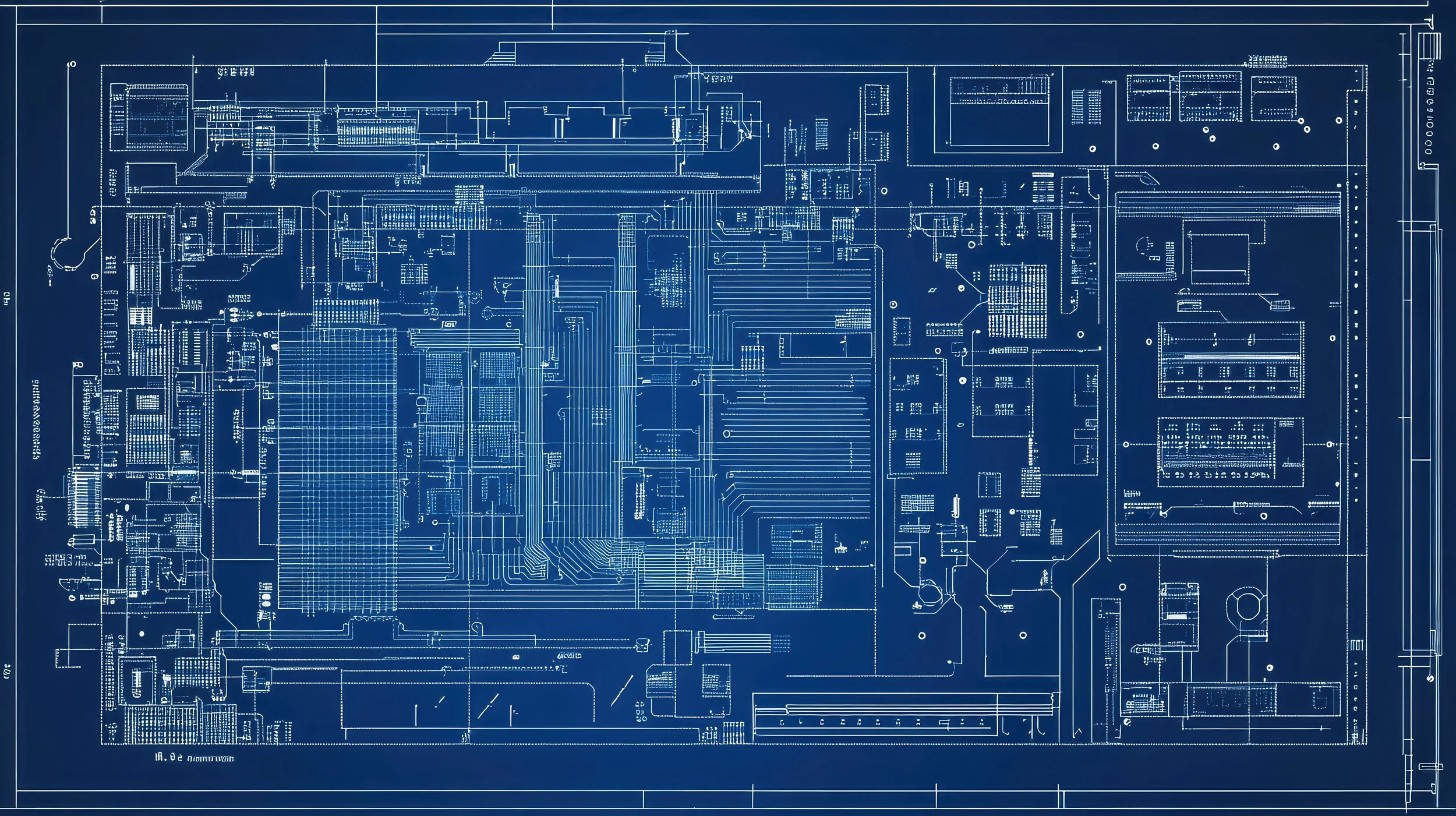SCALE STARS Chip Design Process Workshop
Within this workshop there are several presentations including:
STARS Digital Integrated Circuit Design Process Overview
The "STARS Openlane Flow Verilog to GDSII Demo" teaches students how to take a digital design from source files (Verilog) all the way to a manufacturable and taped out chip. The demo starts by explaining the timing analysis of the circuit under different constraints, using the STA pre-PNR tool. This allows designers to identify critical paths in their circuit and ensure that it will perform as expected at various temperatures and voltage levels.
The demo then proceeds to show how to use the Openlane flow to convert the Verilog design into a GDSII file, which is a format required by foundries for manufacturing. The student learns how to run commands to generate the GDSII file, which contains information about the entire circuit, including cell placement, routing, and interconnects. The demo also highlights the importance of ensuring uniform density throughout the chip, using filler cells as needed. Overall, this teaching material provides a comprehensive overview of the design flow for creating manufacturable ASICs.he STARS 2023 demo showcases a stopwatch and timer project that utilizes two push buttons, one for starting or configuring time (push button zero) and another for entering timer mode (push button one). The system features four seven-segment displays and a green LED to indicate when the timer has decremented to zero. The demo highlights the stopwatch functionality, where pressing push button zero increments the timer once per second until it hits nine, at which point the segment rolls over and increments the next one.
The timer mode is configured by pressing both push buttons, allowing users to set a countdown time. Once started, the timer decrements once per second, with each segment rolling over when it reaches zero. The green LED lights up when the timer reaches zero. The demo also touches on the importance of debouncing circuitry in handling input signals from the push buttons, which can be prone to bouncing due to their sensitive nature. This ensures clean transitions between low and high states, making the demo fully functional.The STARS 2023 demo, presented by Abdullah Abdoubaev, showcases a synthesizer chip that can produce various sounds. The chip is flashed with a synthesizer program and features electronics such as buttons, capacitors, resistors, and a piezoelectric buzzer.
Key Features of the Synthesizer Chip
The synthesizer chip allows users to press buttons to hear different sounds, change pitch according to preference, and make random noises. Although the sounds could be clearer with higher voltage and power, the chip demonstrates its functionality as a synthesizer from the STARS program 2023.he STARS 2023 demo showcases a functional model of the old MOS 6502 processor, designed and implemented by a group of four undergrad students and a TA. The processor takes software instructions as input and outputs numerical values or makes logical decisions based on that.
Key Components and Functionality
The demo highlights the key components involved in interfacing the chip with other devices, including non-volatile SRAM memory, voltage level shifters, and a Raspberry Pi Pico for programming. The processor executes instructions stored in the memory, allowing it to interact with external devices such as buttons and screens. This demonstration showcases the group's accomplishment in designing and implementing a fully functional processor, despite its limitations in demonstrating the full versatility of a processor.

